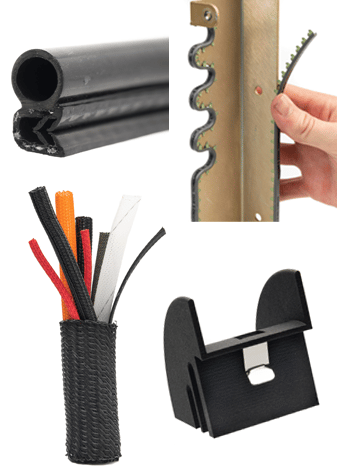ADS-B Out must be installed and operating by 1/1/2020. In this post we’ll go through some common questions about the mandate and the possibility of date slippage
The Facts
FAA’s ADS-B (Automatic Dependent Surveillance-Broadcast) uses satellites, not radar, to fix aircraft location, and is a central component of the FAA’s Next Generation Air Transportation System.
Essentially the FAA has mandated installation of ADS-B OUT for flights in airspace where a transponder is required today after January 1, 2020.
ADS-B IN is not required by the FAA, although it is becoming more popular. It gives pilots more external information like traffic, weather, and other data, and can be shown on cockpit displays or on handheld devices like tablets.

Will the mandate be pushed out?
That is very unlikely as the FAA has had this date since May, 2010, and reiterate the date for the mandate fairly frequently.
The FAA published Federal Regulation 14 CFR § 91.225 and 14 CFR § 91.227 in May, 2010. The final rule dictates that effective January 1, 2020, aircraft operating in airspace defined in 91.225 are required to have an Automatic Dependent Surveillance – Broadcast (ADS-B) system that includes a certified position source capable of meeting requirements defined in 91.227. These regulations set a minimum performance standard for both ADS-B Transmitter and the position sources integrated with the ADS-B equipment your aircraft.
What’s Happened So Far?
As of Nov 9, 2018, the FAA estimates that between 100,000 and 160,000 general aviation aircraft may need to be equipped with ADS-B. Approximately 40,000 aircraft have been equipped with ADS-B Out avionics and are ready for the 2020 mandate. More than 30,000 aircraft have been equipped with ADS-B In avionics so far but that leaves a lot of aircraft that still have to be outfitted.
There is no infrastructure reason to delay the mandate as the almost 700 radio stations that make up the ADS-B ground station network have been up and running for several years
Do I have to equip?
The answer is definitely IF you fly in ADS-B rule airspace (at or above 10,000 feet MSL, within or above the 30-nautical-mile Mode C veil around a Class B airport; within or above Class C airspace — in other words, where an altitude-encoding transponder is required today) — you MUST install ADS-B OUT.
Aircraft not originally certificated with an electrical system — think balloons and gliders — are exempt.
Is ADS-B IN required?
No. However, ADS-B IN provides in-cockpit traffic and weather information to increase pilot situational awareness, but there is no FAA requirement that it be used. Many pilots use this service with portable ADS-B receivers, even when their aircraft is not equipped with ADS-B Out.
Can I use a portable Device for ADS-B OUT?
Well, a portable device could be used as the rules do not ban them, but the challenge is that none have been certified…but as the countdown continues, that could change. Most pilots though shouldn’t wait around for this, as the devices might not be certified, and there will be a log jam at MROs to do these installs. Devices like Dual, Garmin, iLevil, Stratus, or Stratux do not provide ADS-B OUT.
Will the airlines meet the mandate?
It looks like they will — as with any big project, it might go to the wire, but this was made more complicated — and more of a scramble — because until recently, equipment that met the regs for some airliners did not exist. U.S. airlines are working hard to make sure they comply, and the mandate applies to any foreign aircraft in U.S. airspace.
Some airlines were hit, as quite a few had previously been equipped with non-compliant multimode receivers (VOR, DME, ILS, and GPS) which did not have WAAS capabilities.
Privacy?
ADS-B data can be received by any aircraft, vehicle, or ground station equipped to receive ADS-B. No specific encryption is specified.
This does have some pilots worried. The FAA in 2008 specified an anonymous mode for 978UAT hardware, but it’s only available when the pilot is squawking the 1200 transponder code; not during IFR, if the pilot is receiving radar flight following, or transmitting a non-1200 code.
Advocacy groups like the NBAA/AOPA want a 1090ES solution, and rolling ICAO codes offer some hope in that direction. The FAA is looking at demos, but it’s a complicated program — and so far participation levels are unknown.
FAR 91.225 requires that once installed, ADS-B Out must be on at all times.
How DTi Can Help
Most operators and MROs know that during this install, rarely exposed compartments will be opened. This is a perfect opportunity to inspect/replace/install grommets to help protect the EWIS and avoid equipment discrepancies — which are often traced to wiring problems rather than equipment issues.

Spring-Fast Mil Spec M22529/2
DTi’s Spring-Fast® best-in-class grommets install for 50% of the cost of the old slow legacy nylon grommets with glue. They install in 1/10 of the time with finger pressure. Minimal inspection. No fixturing. No curing.
This best-in-class EWIS protection helps eliminate chafe-induced arc, spark, and combustion.
An AOPA article was a source for this post.

